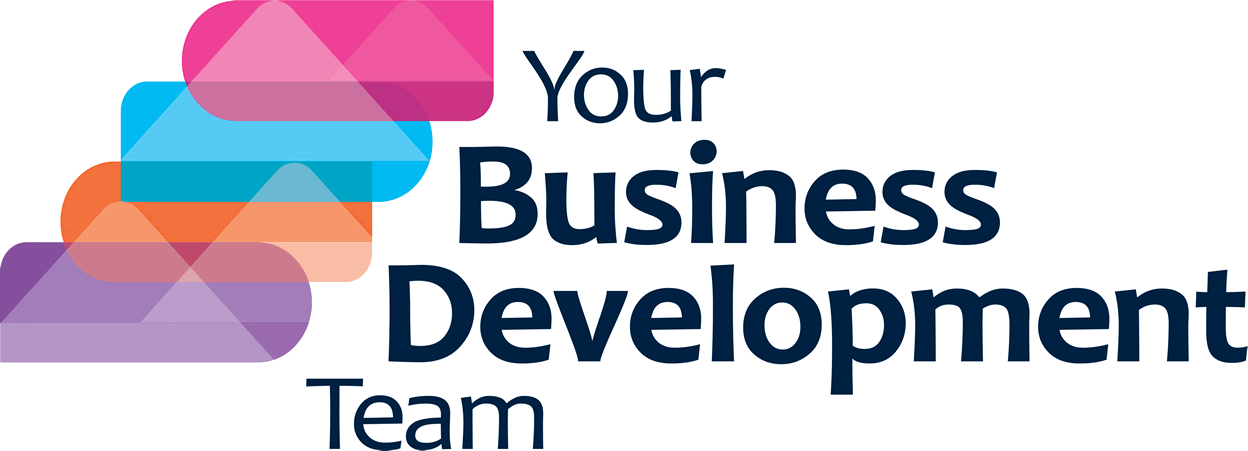As we are living in times of tremendous change and uncertainty, I thought I would look for a quote from Deepak Chopra, My favourite change and transformation man. Hope you like this one:
“Simply with a change of mind you can change your life.”
One of the big changes we have all had to adapt to in the workplace, is the lack of face to face meetings. As a result, most people are now used to managing their meetings on virtual platforms. In many ways this has been a revelation showing that travel can be reduced making our working week much more productive.
This change has had a big impact on the sales process, particularly for high value sales. Salespeople typically spend 2-3 days of their week on the road, networking and meeting prospects to build strong relationships and promote sales. Face to face communication is considered an important factor in most sales processes offering great opportunities to get to know people. The tactile feeling you get from having lunch with a client or visiting a prospect’s site is hard to duplicate online.
Another element that differentiates sales activity is that it is not necessarily meant to be productive from a tick box perspective. Whilst your salesperson might be working long hours and running around, a lot of what they do is prospective as that is the nature of the job, particularly if they are developing new business. Current limitations mean that most of this activity is either postponed or undertaken online and that takes getting used to.
A lot has been written about how to adapt your sale style to suit online meetings and I think it is important to spend some time reading and reflecting about this. Here are a few important elements to consider when preparing for a virtual sales meeting:
Preparation:
- Make sure you have a reliable Wi-Fi connection at your office
- Consider what people can see in the background
- Dress appropriately
- Do your research
- Prepare slides to manage the meeting
- Be clear on your goals
In the meeting itself:
- Always appear engaged, smile and nod
- Look at the people you are talking to
- Allow time for questions and feedback
- Agree next steps and book the next meeting
After the meeting:
- Email all information required
- Send the next meeting invitation
- Follow up with the key decision maker for their feedback
- Make sure you are all on the same page
Going back to the quote from Deepak Chopra, the most important thing to manage now is your sales team’s mindset. If you can maintain a ‘can do’ attitude, you will get better results quicker. I do not see the sales process changing forever but I do think that, in the post pandemic world, virtual meetings are going to be more popular so learning to manage them is time well spent.
Where do you see selling going in the near- and long-term future?
Just in case you need support with your sales operation, we have a new service designed to support your sales kickstart as you are bouncing back from lockdown. You can read more about it here then give us a call to arrange your free target market workshop to kickstart your sales strategy.










